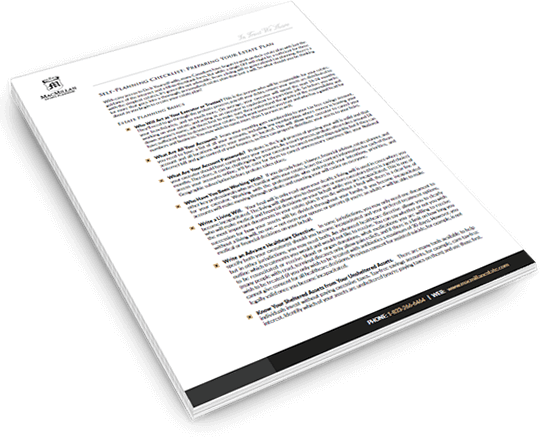The Canada Revenue Agency has released the updated TFSA contribution limit for 2022. The new limit will be matching some previous limits at $6000.
Every calendar year, the CRA sets a new Tax Free Savings Account (TFSA) limit, indicating the maximum amount a person can contribute over the next 12 months.
A TFSA is an investment option for any resident of Canada over the age of 18 with a valid social insurance number. The contribution room accumulates beginning in the year in which a person turns 18, and although $6000 savings per annum may not seem that dramatic to high networth individuals, it’s accumulative. It’s also a basic tax exemption that everyone should take advantage of along with RRSPs, capital gain exemptions, and using a primary home as an asset to grow tax-free.
The primary benefit of a TFSA is that they allow contributions to grow tax-free throughout a lifetime. This means that all investment gains will not be subject to any taxes.
The annual TFSA dollar limit is increased per inflation and rounded to the closest $500, with the indexation increase for 2022 from the Canada Revenue Agency being 2.4%. Crystallized gains and losses from withdrawals made from TFSAs are factored into a client’s TFSA room.
The $6,000 contribution room for 2022 means the lifetime contribution limit is now $81,500. TFSA contribution room does not disappear if you fail to contribute in any given year; it instead rolls over into the next year. Thus, those contributing to their TFSA for the first time in 2022 are eligible to deposit $81,500 in total, provided they have been over the age of 18 since the TFSA was first introduced in 2009.
Those who have contributed to their TFSA over the years can subtract the contribution amount from $81,500 to see their maximum contribution limit.
Any withdrawals that have been made from a TFSA can be contributed the year after the withdrawal, and a withdrawal does not reduce the total amount of contributions made in the year. Meaning funds withdrawn from a TFSA this year will only be added back to the contribution room at the beginning of next year.
A simple way to find how much contribution room is remaining at the beginning of next year is this formula: unused contribution room to date + total withdrawals made this year + the contribution limit of next year.
Tax Bracket Changes
The Canada Revenue Agency has also released the federal tax bracket thresholds for 2022. The new tax brackets are:
- 33% for taxable income over $221,708
- 29.38% for taxable income over $155,625
- 26% for taxable income over $100,392
- 20.5% for taxable income over $50,197
- 15% for taxable income below $50,197
The basic personal amount for taxpayers in 2022 with a net income of $155,625 or less is $14,398. For income above this threshold, an additional amount of $1,679 is reduced until it becomes zero for net income above $221,708.
If you would like to find out more about advanced strategies or tax exemptions, visit www.macmillanestate.com/seminars or call 1-833-266-6464.




